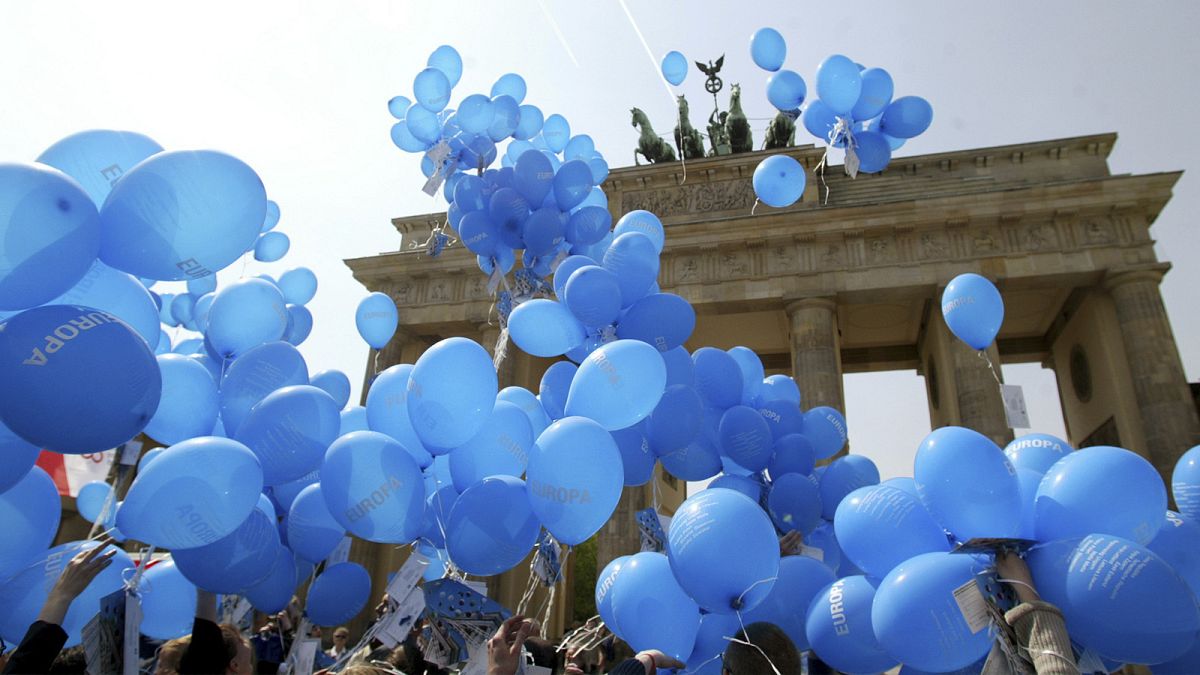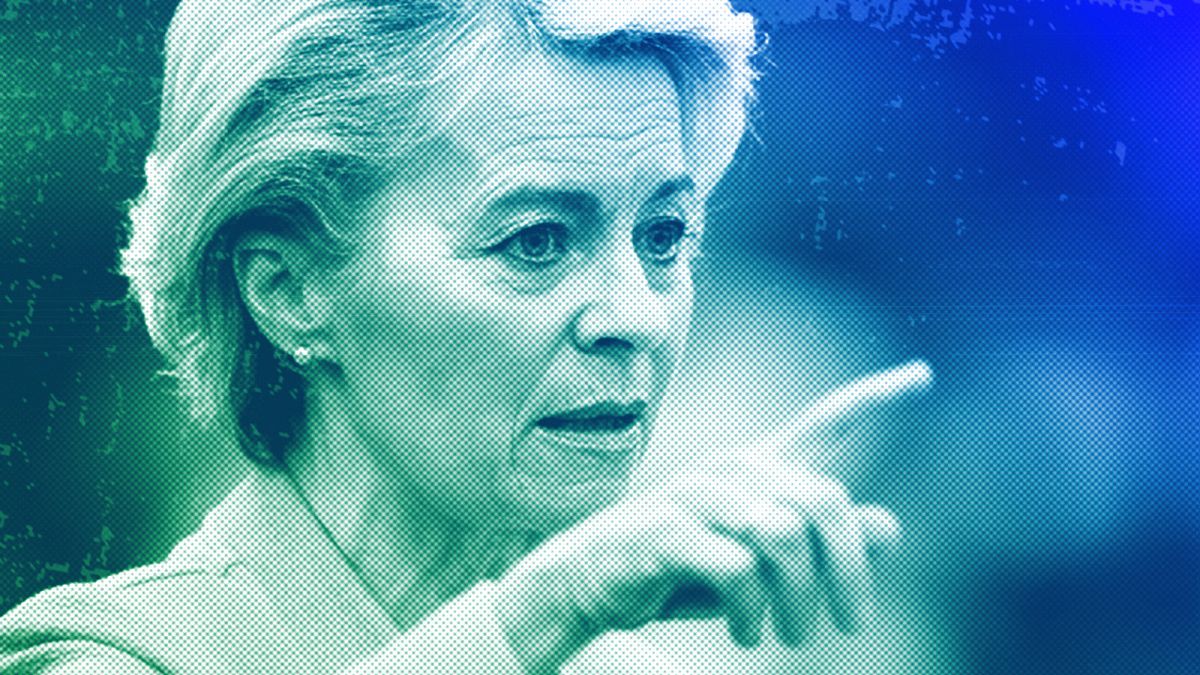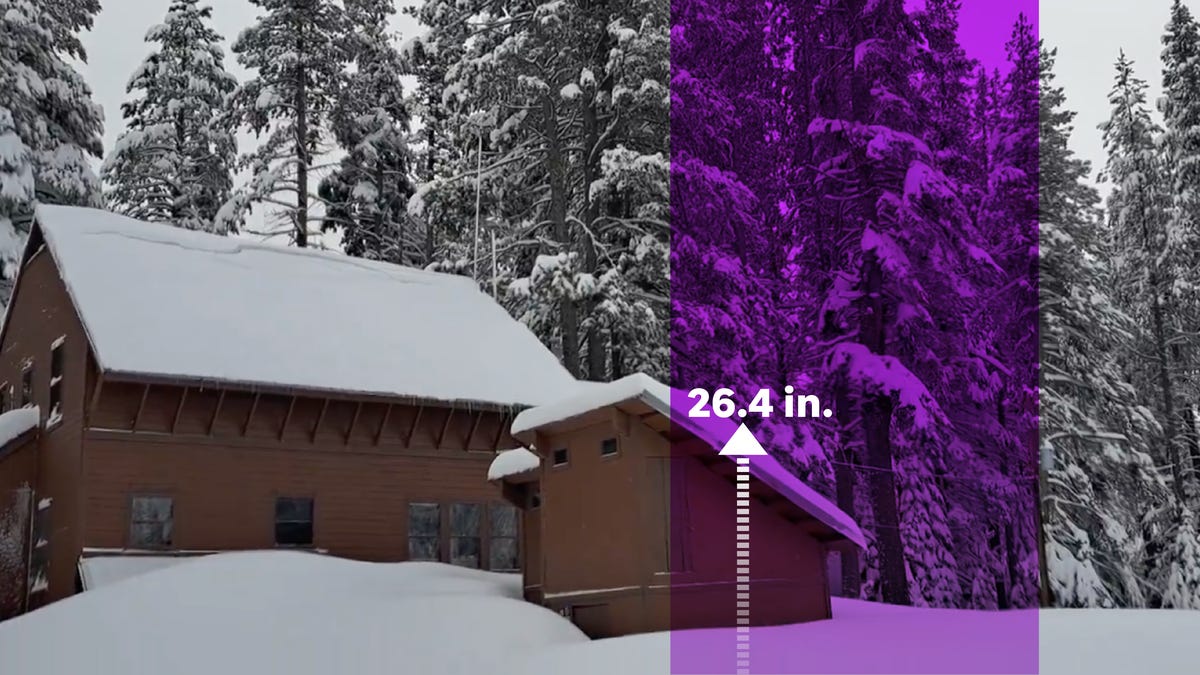World
120 MEPs demand Hungary be stripped of its voting rights
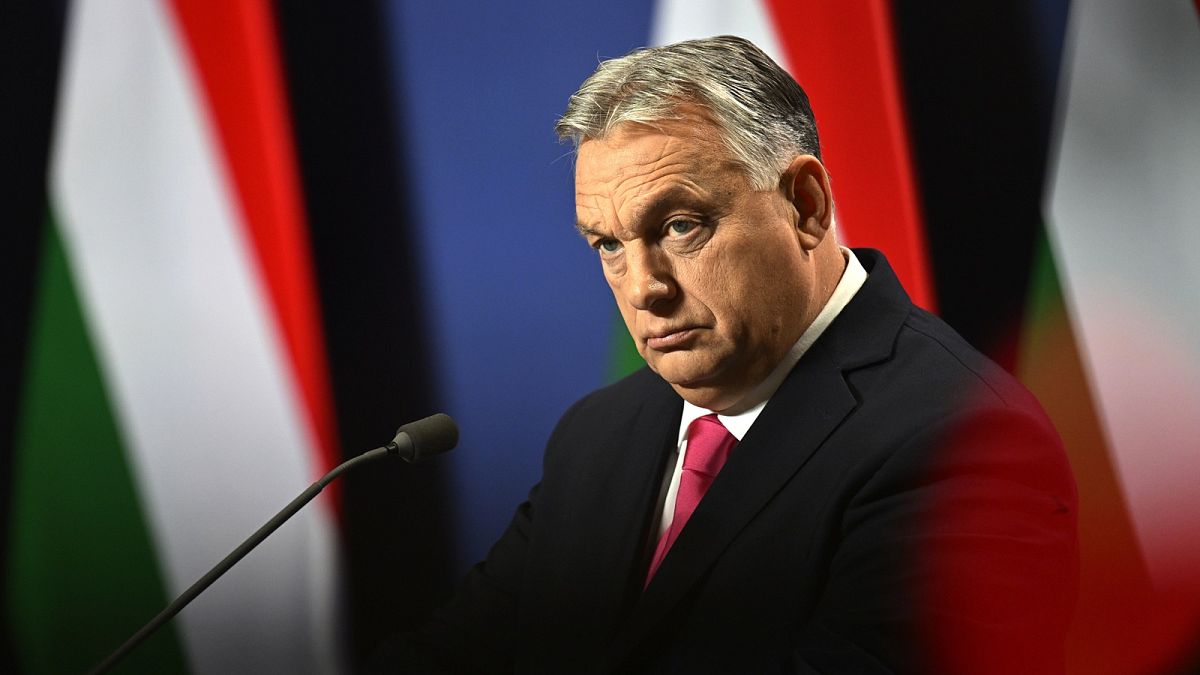
A cross-party coalition of 120 Members of the European Parliament demand Hungary be stripped of its voting rights over the country’s democratic backsliding and Viktor Orbán’s “unacceptable” use of veto power.
“We believe that this action is necessary to protect the values of the European Union,” the lawmakers say in a letter sent on Friday to the Parliament’s president, Roberta Metsola.
The text cites two main reasons to defend the unprecedented step: Hungary’s continued democratic backsliding, a recurring cause of concern in Brussels, and Orbán’s controversial role in the EU summit of December.
The Hungarian premier infuriated his fellow leaders when he made good on his threat to veto a proposed €50-billion fund to provide Ukraine with macro-financial assistance between 2024 and 2027.
Approving the special fund, known as the Ukraine Facility, has become a matter of extreme urgency as Brussels has already run out of money to send to Kyiv, and Washington is stuck in a legislative impasse with no breakthrough in sight.
Leaders are set to reconvene again on 1 February to either greenlight the Facility or come up with an alternative plan. Ahead of the make-or-break date, Hungarian officials have put forward several requests in exchange for lifting the veto.
But while the Council remains hopeful a solution will be eventually found, patience in the Parliament is wearing thin.
In its joint letter, lawmakers urge the other EU institutions to forge ahead with Article 7, the “nuclear option” to address and correct violations of the bloc’s fundamental values.
Hungary has been under the first chapter of Article 7 since 2018. This stage identifies a “clear risk of a serious breach” of the core principles and forces the accused country to explain the situation in regular hearings. Thanks to the protection granted by the previous hard-right government in Poland, which was also put under Article 7, Budapest was able to remain in this first stage without facing any major repercussions.
Now, the group of 120 MEPs – out of a total of 705 – wants to trigger the second step of Article 7, where EU leaders, acting by unanimity, can determine the “existence of a serious and persistent” violation of fundamental values.
This decision requires a proposal submitted by either one-third of member states or by the European Commission, as well as the Parliament’s consent.
The lawmakers argue this move could take Hungary onto the third phase of Article 7, where the Council can vote to suspend “certain” rights enjoyed by the accused country, including voting rights to pass legislation and agree on common positions.
Crucially, the vote in the Council only requires a qualified majority. However, steps 2 and 3 have never been activated due to the radical nature of the suspension.
By taking Article 7 to the next level, “the European Union would be sending a clear message to Hungary that its actions are unacceptable,” the MEPs say.
“It would also be sending a message to all Member States that the European Union will not tolerate any backsliding on the Rule of Law or disrupting the principle of sincere cooperation, as enshrined in the Treaties.”
This “is the only way to protect the value of the European Union and ensure the functioning of the decision-making processes,” they add.
The letter was initiated on Tuesday by Petri Sarvamaa, a Finnish MEP who sits with the centre-right European People’s Party (EPP), the largest formation in the hemicycle. The deadline for collecting signatures closed on Friday at 15.00 CET, resulting in 120 lawmakers attaching their names.
The final list of endorsements features representatives from the main four groups: the EPP, the Socialists & Democrats (S&D), the liberals from Renew Europe, and the Greens, as well as a handful from The Left.
“The success of the letter demonstrates a clear willingness in the Parliament to launch Article 7.2, but above all, it highlights the urgency of addressing Viktor Orbán’s actions,” Sarvamaa said in an emailed statement. “Next, it would be crucial to measure the final overall support for the petition’s idea in plenary as soon as possible.”
The Parliament is working on a non-binding resolution focused on Hungary that will be voted upon during next week’s plenary session. Sarvamaa believes it is “very possible” that the idea of triggering the next steps of Article 7 will be “included in some form.” The baton will then be passed to President Metsola, he added.
“This level of support for launching a specific procedure has rarely, if ever, been seen within Parliament,” the Finnish politician said.
Still, the call from the hemicycle is symbolic and exposes one key shortcoming in the shared mission: activating the second phase of Article 7 cannot come from the Parliament itself, meaning lawmakers can do nothing but pile political pressure on the Commission and member states.
Following the electoral victory of Prime Minister Donald Tusk, Hungary has been deprived of the Polish backing it relied on for the last eight years. This has left Orbán more politically isolated than ever, as the December summit laid bare. But leaders like Italy’s Giorgia Meloni and Slovakia’s Robert Fico are unlikely to back a move as radical as the suspension of voting rights, which would effectively turn Hungary into a powerless, second-class member state.

World
Middle East Crisis: Israel Steps Up Attacks on Rafah as Hamas Shifts Position on Cease-fire
Israeli’s war cabinet voted to continue the military assault on Hamas and Israeli forces carried out strikes in Gaza’s southernmost city, hours after Hamas said it would accept terms based on a cease-fire proposal put forward by mediators.
World
Rebel group claims it captured Burmese command post, imprisoned hundreds of government soldiers
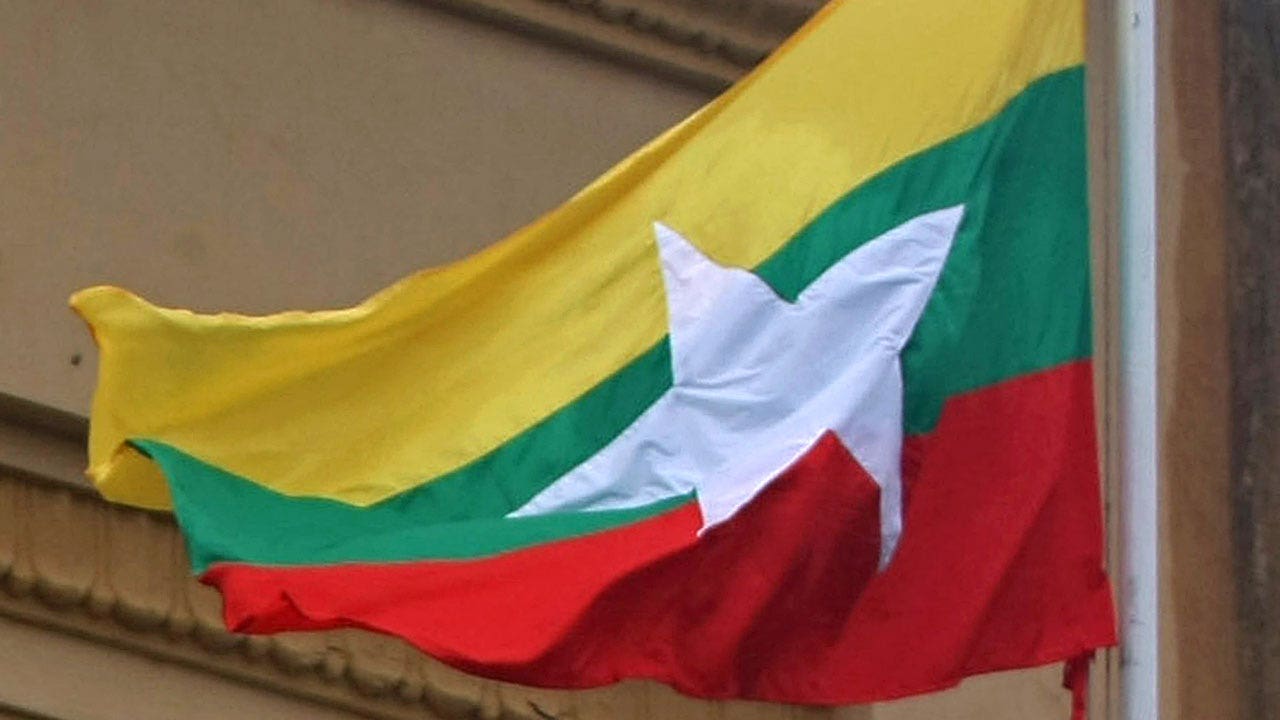
- The Arakan Army, a prominent and powerful ethnic rebel group combating Burma’s military junta, claims it has taken hundreds of soldiers prisoner after seizing Operational Command No. 15 headquarters in Buthidaung.
- Rebel forces have made significant advances against the military-run government, helmed by Min Aung Hlaing, in recent months.
- Hlaing’s forces have ruled over Burma since a successful 2021 coup ousted the government of democratically-elected State Counselor Aung San Suu Kyi.
A powerful ethnic minority armed group battling Burma’s army in the country’s west claimed Monday to have taken hundreds of government soldiers prisoner when it captured a major command post.
The Arakan Army, the well-trained and well-armed military wing of the Rakhine ethnic minority movement, has been on the offensive against army outposts in the western state of Rakhine — its home ground — for about six months.
The group said in a video statement posted on the Telegram messaging app that soldiers belonging to the military government’s Operational Command No. 15 headquarters in Rakhine’s Buthidaung township surrendered after a siege.
ETHNIC KAREN GUERRILLA FIGHTERS WITHDRAW FROM BURMESE BORDER TOWN ARMY LOST 2 WEEKS AGO
Buthidaung is about 240 miles southwest of Mandalay, Burma’s second-largest city.
The reported capture of the base could not be independently confirmed. Burma’s military government made no immediate comment, and the spokesperson of the Arakan Army did not respond to questions sent by The Associated Press.
The fight in Rakhine is part of the nationwide conflict in Burma that began after the army ousted the elected government of Aung San Suu Kyi in February 2021 and suppressed widespread nonviolent protests that sought a return to democratic rule.
Despite its advantages in arms and manpower, Burma’s army has been on the defensive since October, when an alliance of three ethnic rebel groups launched an offensive in the country’s northeast.
This image depicts the Burmese flag. (Photo by SOE THAN WIN/AFP via Getty Images)
The video released by the Arakan Army was described as having been made Saturday. It shows Arakan Army fighters guarding men in military uniforms and civilian clothes, some injured, as they walk through a field and down a roadside accompanied by women and children — families of soldiers often live at their posts.
A caption accompanying the video says it shows the deputy commander of the group and his troops after a “final assault in which (they) faced total defeat and surrendered.”
The video does not specify the total number of captured soldiers and their family members, but in one part about 300 men can be seen sitting in rows in an open field.
In a statement released Sunday, the Arakan Army said it captured the command post Thursday after attacking it for two weeks. It claimed another army post was seized the next day, along with others over the past two months.
The attackers captured “weapons, ammunition, military equipment and surrendered prisoners of war,” the statement said.
Some parts of the video released Monday show young men who appear to be members of the Muslim Rohingya minority.
Burma’s military has been accused of filling its depleted ranks with Rohingya men in Rakhine under the recently activated conscription law. The army has lost personnel to casualties, surrender and defections while facing increasingly tough opposition on the battlefield.
The Rohingya were the targets of a brutal counterinsurgency campaign incorporating rape and murder that saw an estimated 740,000 flee to neighboring Bangladesh as their villages were burned down by the army in 2017.
Ethnic Rakhine nationalists aligned with the Arakan Army were also among the persecutors of the Rohingya minority, but now the Arakan Army and the Rohingya are uneasy allies in opposition to the military government.
The Arakan Army, which seeks autonomy from Burma’s central government, is part of an alliance of ethnic minority armies that launched an offensive in October and gained strategic territory in Burma’s northeast bordering China.
Its success was seen as a major defeat for the military government, and boosted the morale of restive ethnic minorities as well as the pro-democracy resistance.
On Sunday, the Kachin Independence Army, another major ethnic armed group, claimed to have captured Sumprabum, a township in the northern state of Kachin.
World
Text of the Gaza ceasefire proposal approved by Hamas

Al Jazeera has obtained a copy of the Gaza ceasefire proposal that Hamas said it accepted on Monday. The deal, which was put forward by Egypt and Qatar, would come in three stages that would see an initial halt in the fighting leading to lasting calm and the withdrawal of Israeli troops from the Palestinian territory.
The proposed agreement would also ensure the release of Israeli captives in Gaza as well as an unspecified number of Palestinians held in Israeli jails.
Israel has said that it does not agree to the proposal but that it will engage in further talks to secure an agreement – all while pushing on with its assault on Gaza.
Meanwhile, the United States, which is also involved in the negotiations, said it is reviewing the Hamas response.
Here’s the text of the proposed deal:
The basic principles for an agreement between the Israeli side and the Palestinian side in Gaza on the exchange of captives and prisoners between them and the return of sustainable calm.
The framework agreement aims at: The release of all Israeli captives in the Gaza Strip, civilians or military, alive or otherwise, from all periods, in exchange for a number of prisoners held by Israel as agreed upon, and a return to a sustainable calm that leads to a permanent ceasefire and a withdrawal of Israeli forces from the Gaza Strip, its reconstruction and the lifting of the siege.
The framework agreement consists of three related and interconnected stages, which are as follows:
The first stage (42 days)
[Herein] a temporary cessation of military operations between the two parties, and the withdrawal of Israeli forces eastward and away from densely populated areas to a defined area along the border all along the Gaza Strip (including Wadi Gaza, known as the Netzarim Corridor, and Kuwait Roundabout, as below).
All aviation (military and reconnaissance) in the Gaza Strip shall cease for 10 hours a day, and for 12 hours on the days when captives and prisoners are being exchanged.
Internally displaced people in Gaza shall return to their areas of residence and Israel shall withdraw from Wadi Gaza, the Netzarim corridor, and the Kuwait Roundabout:
- On the third day (after the release of three captives), Israeli forces are to withdraw completely from al-Rashid Street in the east to Salah al-Din Street, and dismantle military sites and installations in this area.
- Displaced persons (unarmed) shall return to their areas of residence and all residents of Gaza shall be allowed freedom of movement in all parts of the Strip.
- Humanitarian aid shall be allowed in via al-Rashid Street from the first day without any obstacles.
- On the 22nd day (after the release of half the living civilian captives in Gaza, including female soldiers), Israeli forces are to withdraw from the centre of the Gaza Strip (especially the Netzarim/Martyrs Corridor and the Kuwait Roundabout axis), from the east of Salah al-Din Street to a zone along the border, and all military sites and installations are to be completely dismantled.
- Displaced people shall be allowed to return to their places of residence in the north of Gaza, and all residents to have freedom of movement in all parts of the Gaza Strip.
- Humanitarian aid, relief materials and fuel (600 trucks a day, including 50 fuel trucks, and 300 trucks for the north) shall be allowed into Gaza in an intensive manner and in sufficient quantities from the first day. This is to include the fuel needed to operate the power station, restart trade, rehabilitate and operate hospitals, health centres and bakeries in all parts of the Gaza Strip, and operate equipment needed to remove rubble. This shall continue throughout all stages.
Exchange of captives and prisoners between the two sides:
During the first phase, Hamas shall release 33 Israeli captives (alive or dead), including women (civilians and soldiers), children (under the age of 19 who are not soldiers), those over the age of 50, and the sick, in exchange for a number of prisoners in Israeli prisons and detention centres, according to the following [criteria]:
- Hamas shall release all living Israeli captives, including civilian women and children (under the age of 19 who are not soldiers). In return, Israel shall release 30 children and women for every Israeli detainee released, based on lists provided by Hamas, in order of detention.
- Hamas shall release all living Israeli captives (over the age of 50), the sick, and wounded civilians. In return, Israel shall release 30 elderly (over 50) and sick prisoners for every Israeli captive, based on lists provided by Hamas, in order of detention.
- Hamas shall release all living Israeli female soldiers. In return, Israel shall release 50 prisoners (30 serving life sentences, 20 sentenced) for every Israeli female soldier, based on lists provided by Hamas.
Scheduling the exchange of captives and prisoners between the parties in the first stage:
- Hamas shall release three Israeli detainees on the third day of the agreement, after which Hamas shall release three other detainees every seven days, starting with women as much as possible (civilians and female soldiers). In the sixth week, Hamas shall release all remaining civilian detainees included in this phase. In return, Israel shall release the agreed-upon number of Palestinian prisoners, according to lists Hamas will provide.
- Hamas will provide information about the Israeli detainees who will be released at this stage by the seventh day (if possible).
- On the 22nd day, the Israeli side shall release all prisoners from the Shalit deal who have been re-arrested.
- If there are fewer than 33 living Israeli detainees to be released, a number of bodies from the same categories shall be released to complete this stage. In return, Israel will release all women and children who were arrested from the Gaza Strip after October 7, 2023 – provided this is done in the fifth week of this stage.
- The exchange process is linked to the extent of commitment to the agreement, including the cessation of military operations, the withdrawal of Israeli forces, the return of displaced persons, as well as the entry of humanitarian aid.
- All necessary legal procedures to ensure that freed Palestinian prisoners are not re-arrested on the same charges are to be completed.
- The steps of the first stage above do not constitute a basis for negotiating the second stage. Punitive measures and penalties that were taken against prisoners and detainees in Israeli prisons and detention camps after October 7, 2023, are to be lifted and their conditions improved, including individuals who were arrested after this date.
- No later than the 16th day of the first phase, indirect talks will begin between the parties to agree on the details of the second phase of this agreement, with regard to the exchange of prisoners and captives from both parties (soldiers and remaining men), provided that they are completed and agreed upon before the end of the fifth week of this stage.
The United Nations and its agencies, including UNRWA, and other international organisations, are to continue providing humanitarian services across the Gaza Strip. This shall continue throughout all stages of the agreement.
Infrastructure (electricity, water, sewage, communications and roads) across the Gaza Strip shall be rehabilitated, and the equipment needed for civil defence allowed into Gaza to clear rubble and debris. This shall continue throughout all stages of the agreement.
All necessary supplies and equipment to shelter displaced people who lost their homes during the war (a minimum of 60,000 temporary homes – caravans – and 200,000 tents) shall be allowed into Gaza.
Throughout this phase, an agreed-upon number (not fewer than 50) of wounded military personnel will be allowed to travel through the Rafah crossing to receive medical treatment, and an increased number of travellers, sick and wounded, shall be allowed to leave through the Rafah crossing as restrictions on travellers are lifted. The movement of goods and trade will return without restrictions.
The necessary arrangements and plans shall be put in place for the reconstruction of homes, civilian facilities, and civilian infrastructure that was destroyed due to the war, as well as arrangements to compensate those affected, under the supervision of a number of countries and organisations, including: Egypt, Qatar, and the United Nations.
All measures in this stage, including the temporary cessation of military operations, relief and shelter, withdrawal of forces, etc., shall continue in the second stage until a sustainable calm (cessation of military and hostile operations) is declared.
The second stage (42 days):
A return to sustainable calm (a permanent cessation of military and hostile operations) must be announced and take effect before the exchange of captives and prisoners – all remaining living Israeli men (civilians and soldiers) in exchange for an agreed-upon number of prisoners and detainees in Israeli prisons and detention camps.
Israeli forces shall withdraw completely from the Gaza Strip.
The third stage (42 days):
An exchange of the bodies and remains of the dead on both sides after they have been retrieved and identified.
The reconstruction plan for the Gaza Strip over a period of three to five years – including homes, civilian facilities, and infrastructure – and compensating all those affected begins, under the supervision of several countries and organisations, including: Egypt, Qatar and the United Nations.
A complete end to the siege of the Gaza Strip.
Guarantors of the agreement:
Qatar, Egypt, the United States, and the United Nations.
May 5, 2024
-

 News1 week ago
News1 week agoBoth sides prepare as Florida's six-week abortion ban is set to take effect Wednesday
-

 Politics1 week ago
Politics1 week agoColumbia University’s policy-making senate votes for resolution calling to investigate school’s leadership
-

 Politics1 week ago
Politics1 week agoGOP Rep. Bill Posey won't seek re-election, endorses former Florida Senate President as replacement
-

 World1 week ago
World1 week agoBrussels, my love? MEPs check out of Strasbourg after 5 eventful years
-

 World1 week ago
World1 week agoRussian forces gained partial control of Donetsk's Ocheretyne town
-

 Politics1 week ago
Politics1 week agoHouse Republicans brace for spring legislative sprint with one less GOP vote
-

 World1 week ago
World1 week agoAt least four dead in US after dozens of tornadoes rip through Oklahoma
-

 Politics1 week ago
Politics1 week agoAnti-Trump DA's no-show at debate leaves challenger facing off against empty podium


